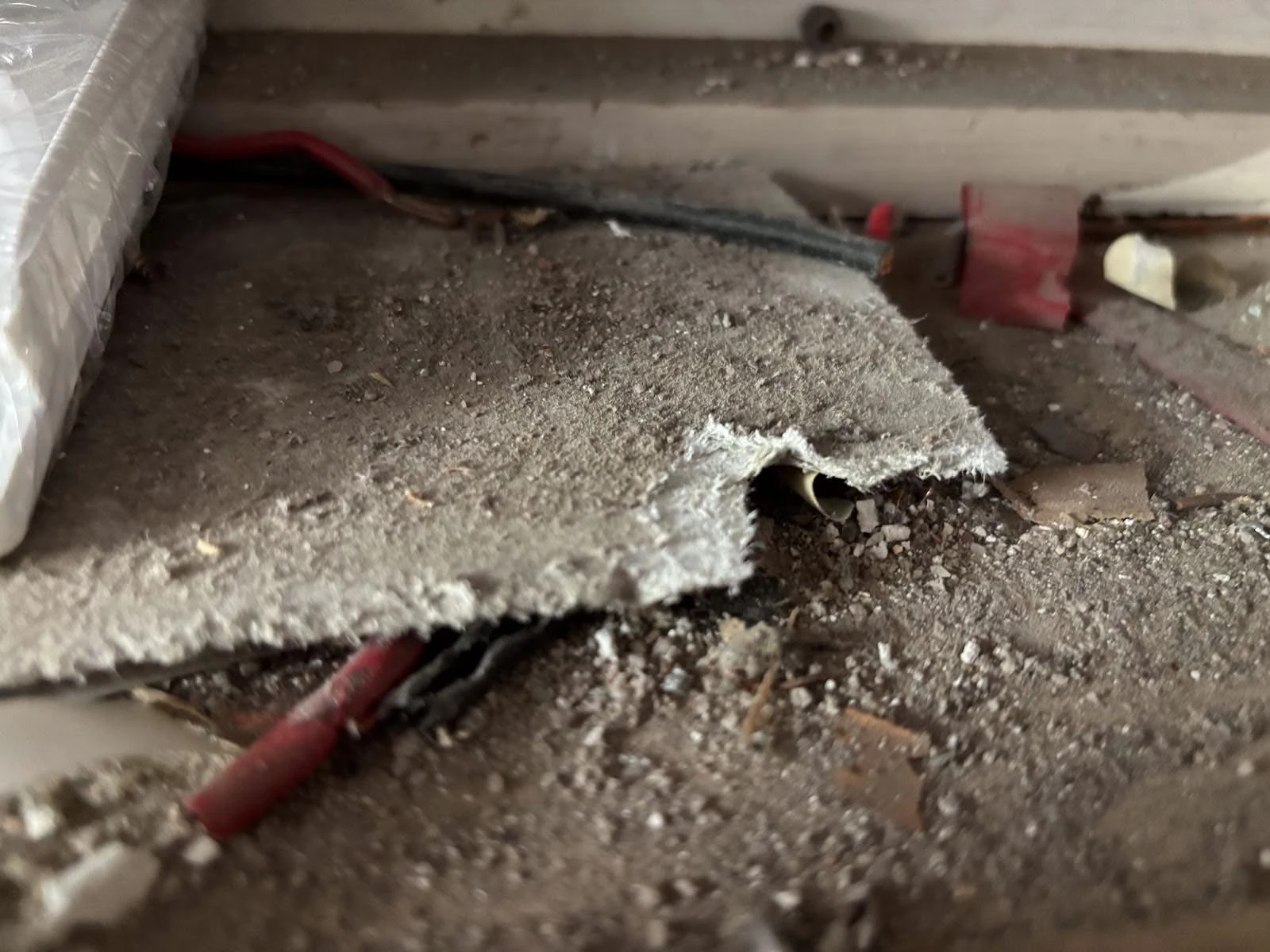Any substance containing asbestos fibres is an asbestos containing material (ACM). ACM is now recognised as a significant health hazard. This article explores the nature of ACM, its common forms, and the importance of proper identification and management in Australia.
Understanding asbestos containing material
Asbestos containing material in Australia is defined as any material that contains asbestos fibre. These materials can be categorised into two main types:
- Friable ACM: Materials that can be easily crumbled or reduced to powder by hand pressure when dry. These are considered more dangerous as they can readily release asbestos fibres into the air.
- Non-friable ACM: Also known as bonded ACM, these materials have asbestos fibres tightly bound within them. They are less likely to release fibres unless damaged or deteriorating.
Common types of asbestos containing material
In Australia, asbestos was used extensively in building materials until its ban in 2003. Common ACMs include:
- Cement products:
- Fibro sheets (flat and corrugated)
- Water pipes and flues
- Roof tiles and guttering
- Insulation:
- Loose-fill insulation in roof spaces
- Pipe lagging
- Spray-on insulation
- Flooring materials:
- Vinyl floor tiles
- Backing of linoleum flooring
- Textiles:
- Fire blankets
- Heat-resistant fabrics
- Other materials:
- Electrical switchboards
- Brake pads and clutch plates in vehicles
- Some paints and sealants
Identifying asbestos containing material
Visual identification of ACM is challenging and unreliable. The only way to definitively identify asbestos containing material is through laboratory testing. However, some general guidelines can help in suspecting the presence of ACM:
- Age of the building: If constructed before 1990, there’s a high likelihood of ACM presence
- Appearance: Some ACMs have a distinctive dimpled or stippled surface
- Location: Certain areas like roofing, insulation, and wet areas are more likely to contain ACM
It’s crucial to engage licensed asbestos assessors for proper identification and testing of suspected ACM.
Health risks associated with asbestos containing material

When ACM is disturbed or deteriorates, it can release asbestos fibres into the air. Inhalation of these fibres can lead to serious health conditions, including:
- Asbestosis (scarring of lung tissue)
- Lung cancer
- Mesothelioma (cancer of the lining of the lungs or abdominal cavity)
The risk of disease increases with the amount of asbestos fibres inhaled over time.
Managing asbestos containing material in Australia
In Australia, the management of ACM is strictly regulated:
- Asbestos register: Buildings constructed before 31 December 2003 must maintain an asbestos register if ACM is present or suspected.
- Asbestos management plan: This document outlines procedures for managing ACM in a property.
- Regular inspections: ACM should be regularly assessed for condition and potential risk.
- Removal or encapsulation: Depending on the condition and location of ACM, it may need to be removed by licensed asbestos removalists or encapsulated to prevent fibre release.
- Safe work practices: Any work involving ACM must follow strict safety procedures to minimise fibre release and exposure.
The importance of professional assessment
Given the health risks and regulatory requirements, professional assessment of asbestos containing material is crucial. Licensed asbestos assessors can:
- Accurately identify ACM
- Assess the risk of exposure
- Provide guidance on management or removal
- Ensure compliance with Australian regulations
Understanding what constitutes asbestos containing material is the first step in managing the risks associated with asbestos. While ACM can be found in many forms and locations, proper identification, assessment, and management are key to ensuring safety and regulatory compliance.
Contact Global Asbestos Audits for expert assistance in identifying and managing asbestos-containing material on your property. Our team of licensed professionals can provide comprehensive asbestos assessment and management solutions tailored to your needs.

